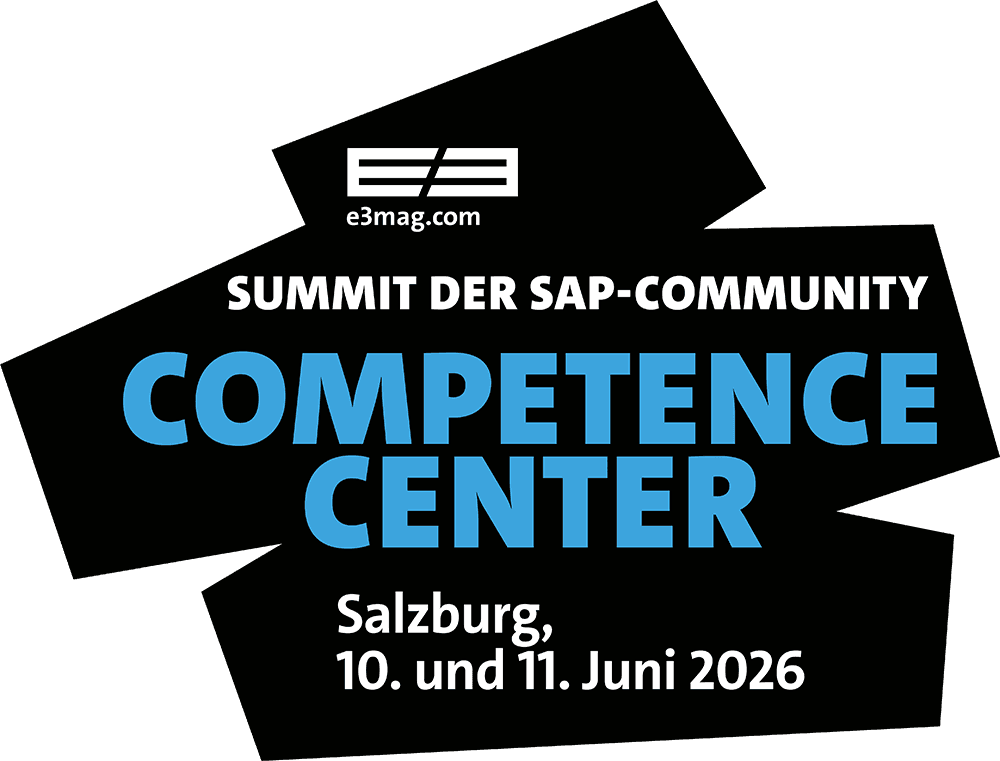Embedded AI


The future of SAP and artificial intelligence is a topic of great interest, with discussions spanning various departments. As the company CIO, I will soon have to address the challenge of SAP and AI. While I recognize the practical benefits of many of SAP’s offerings, I remain unconvinced of the company's approach to artificial intelligence; it does not seem very visionary to me.
SAP's approach of leveraging mathematical formulas, statistics, machine learning, and AI algorithms to optimize its own software and end-to-end processes is commendable. There is significant potential for enhancing and automating SAP's business processes. Recent results are encouraging; however, it is less important whether these optimizations were achieved through predictive analytics on the Hana database platform, machine learning, a statistical package such as R, or artificial intelligence. What is missing is a visionary, sustainable, and independent SAP AI strategy!
It is noteworthy that another German tech company has opted for a more independent approach. The German magazine Manager Magazin has reported that DeepL is developing its own language model to achieve superior translations compared to its tech competitors. The development of a large language model (LLM) is complex and costly, but DeepL believes it is the only viable option. To this end, it maintains its own data center in Europe and is supplied with the latest generation of chips by chip manufacturer Nvidia.
Nvidia recently unveiled its NeMo framework in Las Vegas, which aims to streamline the training of language models (LLMs). These models are designed to enhance natural language processing, offering significant benefits to companies seeking to optimize their ERP systems. The potential applications of these models in the ERP context are diverse, ranging from CRM automation to enhancing data accuracy in finance.
Embedded AI has the potential to enhance S/4, but in the medium and long term, the development of our own SAP LLM will be crucial to generate added AI value for our SAP customers. The integration of Nvidia NeMo models into ERP systems offers a distinct advantage, particularly in the orchestration of data processing. SAP's ERP systems frequently encounter challenges with large volumes of data. Using AI models enables the automation of data extraction, processing, and analysis.
According to Stephen Wellman, editor of SAPinsider, who quoted SAP Chief AI Officer Philipp Herzig, "AI agents working together to solve complex tasks across multiple business units will unlock a whole new level of business productivity. With SAP Joule, hundreds of millions of enterprise users will interact with these agents. Nvidia's new open Llama-Nemotron family of models will drive the development of multiple specialized AI agents to transform business processes.”
This prompts a critical question for SAP: should the company continue to optimize its business processes with various AI tools or develop an ERP-compliant LLM based on SAP BTP that customers can utilize to address their own challenges? The decision will ultimately determine whether to pursue S/4 Embedded AI or an independent ERP LLM alongside S/4, Hana, and BTP. I posed this question and was surprised to discover that many of my fellow "SAP sufferers" are already using standalone AI tools independently of SAP, but certainly in collaboration with SAP partners. Has SAP overlooked a development here?
I left Las Vegas with an offer from Nvidia and am back in Europe. I'm curious to see what direction SAP CEO Christian Klein will take and who will be the next SAP Chief Technology Officer. The position is currently vacant, and there is a notable absence of AI expertise within SAP.






